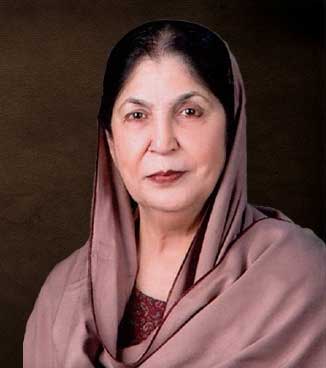The study of construction of the geography of the world and nature of world politics show that geographical factors, power, and history are intertwined. It determines how different countries function, where enmities exist, and how many and or what kind of resources are secured. It is absolutely pivotal to comprehend this sort of structure so that we can make sense of the increasingly complex global environment we find ourselves in.
Geopolitically, power balance was formerly preoccupied with physical geographic location. Prominent theorists such as Halford Mackinder studied the world and saw it in the context of the magnetic ‘Heartland’, which they associated with Eurasia. For this reason, it was imperative that one nation control this great landmass, as it would make it possible for them to have control of the surrounding ‘rimland’ and the world in general.
Nicholas Spykman challenged this by asking that the center of power was sea power. He states that it is impossible to exert a stabilizing pressure international power on the globe without the control of the strategic chokepoints and sea lines. Most of these ideas were developed during or in the shadow of the Cold War. The US, being a maritime naval power formed a coalition against the Soviet Union, the challenger and a land power for control over Eurasia and its wealth. The shift in the globe shifted from bipolar to unipolar system after the breakup of the Soviet Union leaving America as the single super power. But the world order of the 21st century has witnessed a shift to the system of powers, where new comers like China, India and the European Union are coming up to replace America. It is bringing change in relations and balance of power by slowly shifting them to different countries or regions.
Rise to power has been characterized by economic power and military buildup targeting the region commonly referred to as the Indo-Pacific region. In particular, the South China Sea, which observers also apparently regard as significant due to its strategic shipping lanes and possibly containing oil and gas resources.
Another emerging facet of China’s geostrategic presence is the ‘String of Pearls,’ otherwise referred to as the Belt and Road Initiative (BRI), plan to support the construction of land-based projects that would connect China to Europe and Africa. However, the world is not peaceful as the remnants of the cold war power, the reborn Russia aims at dominating the world again. It claims that the policy of annexation of the Crimean Peninsula and meddling with the situation in the Eastern Europe is evidence of its wish to stabilize a zone of privileged interests in the ‘near abroad’.
The situation in Ukraine that has heightened insecurity for the past few years supports the evidence on the onset of regional conflict fueled by the struggle for control over geographic space. Besides these super powers, today the regional powers are also in a play. Syria, Yemen and Israel-Palestine are still active conflicts and there is tension between Iran and Saudi Arabia, Turkey and Kurds. Iran became stronger and developed nuclear activity as a regional power, which also creates extra challenges to the general structure of the region. Competition in these issues and the nuevos poderes relationships between Africa and China are determining the future of the continent. Those global changes are also driven by new technologies which are changing the nature of world order.
External environments experiencing changes are becoming a new domain of competition as cyber warfare, artificial intelligence in the computerization of wars, and space exploration. Control over these domains will likely be one of the primary assets in the future power struggle. However, the concept of geostrategic competition isn’t the only framing of the world’s structure. Climate change, global health crises, and emerging transnational cyber threats have argued for international cooperation. These are common adversities and they apply pressure unto the nations to push for amity beyond bitterness of political affiliations.
On the same note, new forms of actors such as the terrorist groups, multinational companies among others which have different power political structures from the state could pose a new security challenge. The geo-strategic factors have not ceased shifting even into the future, which may imply that they are volatile and ever changing. While the perception of new powers, the growing struggle for the availability of resources in the country, and technological advancements will equally continue to realign the world order.
There is always conflict and there is always cooperation, and this cooperation stems from the reality of common global goals and objectives that need to be achieved. Being aware of such trends is essential to live in this world that accelerates and develops at a tremendous pace.
This article has only covered a possibility of angles through which the geostrategic reality can be observed, and those angles are continually shifting. If we pay attention to minute areas, subnational politics and the growth of potential risks, then it becomes easier to give a profound analysis of the world and how it will possibly look like in the following years.
Sign in
Welcome! Log into your account
Forgot your password? Get help
Password recovery
Recover your password
A password will be e-mailed to you.





